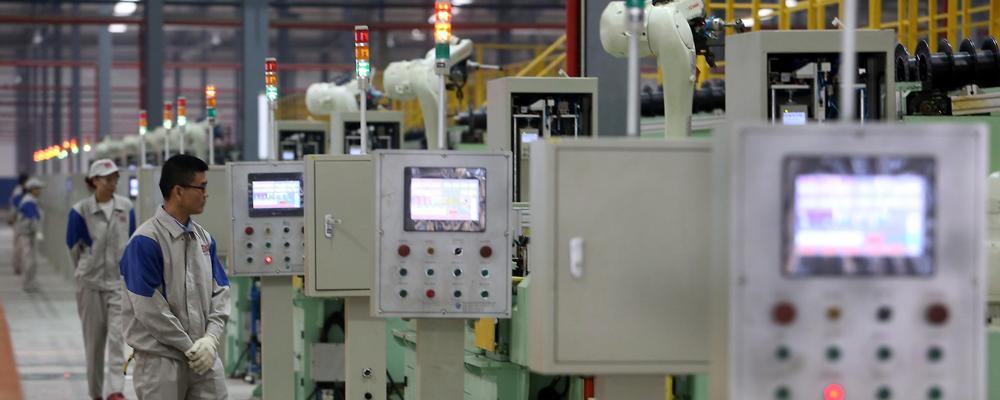These are the mistakes you should avoid when engaging in forex trading

If you are trying out forex trading, I’m guessing that you have done your research and are confident in your choice. For starters, it is a good choice, but only if you avoid the mistakes that I am going to highlight in this article. Beginners in forex trading, tend to make some very costly mistakes that make them lose all their capital to the markets and some even go bankrupt. What I’m saying basically is that you need to avoid these mistakes if you want to be a successful fore trader, especially in the long term.
These are the mistakes you should avoid when dealing with forex brokers with zar accounts.
If you keep losing, don’t keep trading
If you want to be successful at trading in currencies, there are two trading statistics that you should never lose sight of. These two statistics are win-rate and the risk-reward ratio. The win-rate like the name suggests refers to the number of trades you win compared to the overall number of trades you place. This number should be expressed as a percentage. To maintain forex trading as a successful venture, you need to have a success rate of above 50%.
The second percentage is the reward-risk ratio, which refers to the amount of money you win compared to the amount of money you lose on an average trade. Again, you need to have a reward-risk ratio that is greater than one in order for you to be profitable in this venture.
Trading without a stop loss
A stop-loss order refers to an offsetting order at which you will be able to get out of a trade when the price moves against you. What a stop-loss is all about is that it will place a cap on your losses so that you don’t lose too much money that you are able to. Thus, it helps you to cut your losses and gets you out of the trade so that you live to fight another day, well, in this case, you live to fight in another trade.
Every smart or experienced trader out there have stop-loss orders on their trades, which can be executed automatically even if they are not keeping an eye on the trades.
Risking more than you can afford to lose
This point is closely related to the one above because they both talk about being able to manage your losses when you trade. Being able to set a value of money at which point you cannot continue risking or losing is a key part of risk management strategy. Ideally, if you intend to be a long termtrader, you should not risk more than 1% of your capital on any single trade. This is where stop-loss orders become important because when your losses grow beyond one percent of your capital, then you should exit any position that is doing that.
Setting stop-loss orders ensure that you only lose a small percent of your capital even if multiple trades don’t go your way and you lose them all.











